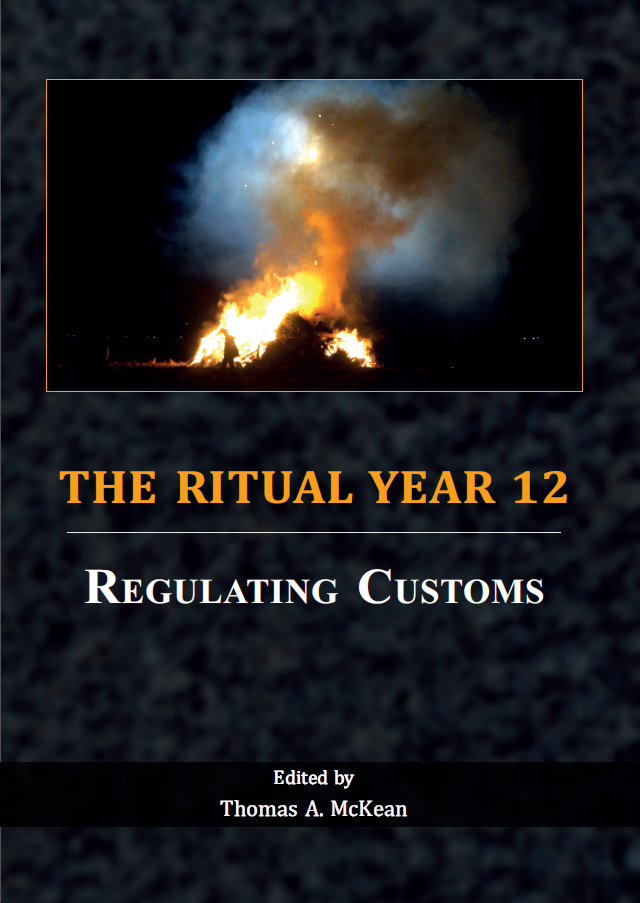From the ‘Mad Dash’ to ‘Shopping Alone’: Thanksgiving Rituals of Consumptionon Black Friday and Cyber Monday
Keywords:
consumer spending, monomyth theory, rituals, shopping, social networking, Thanksgiving DayAbstract
There are many longstanding customs associated with the
Thanksgiving holiday in the United States ― established by an Act of
Congress in 1941 as the fourth Thursday in November ― such as family
feasts, spectatorship of Thanksgiving parades and/or football games,
and travel home. Traditions associated with the day following Thanksgiving
― known as Black Friday ― are typically rituals of consumption
that mark the unofficial start of the Christmas holiday (and shopping)
season: extended hours at shopping malls, special promotions announced
in stores or advertised in advance, and mad dashes (sometimes
known as ‘great races’) when the stores first open. This article uses two
folkloristic frameworks to analyse the customary behavior of Black Friday
participants, as revealed through interviews conducted with shoppers.
One framework identifies these shopping customs as ritualistic;
the other employs Joseph Campbell’s monomyth theory to describe the
shoppers’ participation as an adventure. Posing one threat to Black Friday’s
future are attempts to regulate the mad dash, particularly after
a Wal-Mart employee was crushed to death by crowds in 2008. Even
more existentially threatening is Cyber Monday, when people are shopping
for bargains online while ostensibly back at work. Cyber Monday’s
increasing popularity suggests that consumers may prefer shopping
alone with mobile technology instead of the more social experience of
shopping together in a superstore on Black Friday.
Downloads
Published
Issue
Section
License
Copyright (c) 2021 James I. Deutsch (Author)

This work is licensed under a Creative Commons Attribution-NonCommercial-NoDerivatives 4.0 International License.

